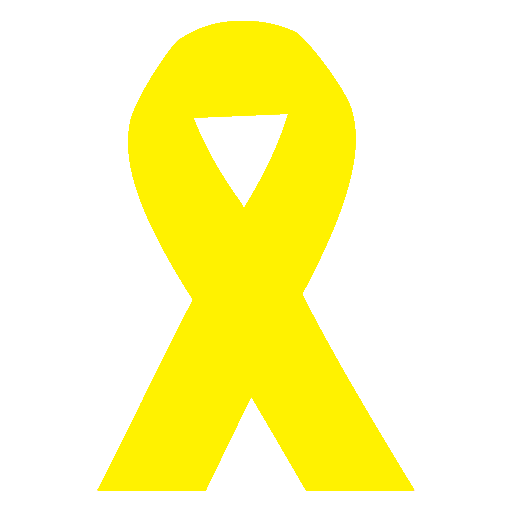Understanding Pediatric Cancers: A Comprehensive Guide
Pediatric cancers are cancers that occur in children and adolescents under the age of 18. They are relatively rare, accounting for only about 1% of all cancers diagnosed each year. However, they can have a devastating impact on patients and their families.
Risk Factors
The exact causes of pediatric cancers are unknown, but there are a number of risk factors that have been identified, including:
- Family history: Children with a family history of certain types of cancer are at an increased risk.
- Genetic mutations: Certain genetic mutations can increase the risk of developing pediatric cancers.
- Environmental exposures: Exposure to certain environmental factors, such as radiation or certain chemicals, can increase the risk of developing pediatric cancers.
Symptoms
Pediatric cancers can present with a variety of symptoms, which can vary depending on the type of cancer. Some common symptoms include:
- Unexplained weight loss or loss of appetite
- Persistent fatigue or weakness
- Unusual lumps or swellings
- Frequent or persistent infections
- Bone or joint pain
- Changes in vision or eye appearance
- Headaches
- Vomiting
- Stomach pain
- Shortness of breath
- Fatigue
- Unexplained Fever
Diagnosis
The diagnosis of pediatric cancers is made through a combination of tests and procedures, including:
- Physical exam: The doctor will perform a physical exam to look for any signs of cancer, such as lumps or swellings.
- Blood tests: Blood tests can be used to check for certain cancer markers, such as tumor antigens.
- Imaging tests: Imaging tests, such as X-rays, ultrasounds, CT scans, or MRIs, can be used to look for tumors or other abnormalities.
- Biopsy: A biopsy is a procedure in which a small piece of tissue is removed from the body and examined under a microscope to look for cancer cells.
Treatment Options
The treatment of pediatric cancers depends on the type of cancer, the stage of the cancer, and the patient's overall health. Treatment options may include:
- Chemotherapy: Chemotherapy is the use of drugs to kill cancer cells.
- Surgery: Surgery is the removal of tumors or affected tissue.
- Radiation therapy: Radiation therapy is the use of high-energy beams to kill cancer cells.
- Targeted therapy: Targeted therapy is the use of drugs that target specific proteins on cancer cells.
- Immunotherapy: Immunotherapy is the use of the body's own immune system to fight cancer cells.
Side Effects
Treatment for pediatric cancers can cause a number of side effects, which can vary depending on the type of treatment. Some common side effects include:
- Hair loss
- Fatigue
- Nausea and vomiting
- Weakened immune system
- Long-term effects on growth and development
- Emotional and psychological impact
Follow-Up and Outcomes
Children who have been treated for pediatric cancers require ongoing follow-up care and support. Key aspects include:
- Survivorship care plans: Individualized plans addressing long-term healthcare needs and monitoring.
- Psychosocial support: Assistance for emotional, social, and educational challenges.
- Monitoring for late effects: Regular screenings for potential long-term treatment-related complications.
If you are concerned that your child may have a pediatric cancer, it is important to see a doctor right away. Early diagnosis and treatment are essential for the best possible outcome.
If you have any questions or would like personalized medical advice regarding Pediatric cancer, please feel free to contact Dr Madhuri at Apollo Cancer Institute, Jubilee Hills. We are here to support you throughout your cancer journey.
Note: This article serves as a resource for educational purposes only and should not replace professional medical advice. Consult with a qualified healthcare provider for personalized information and recommendations regarding pediatric cancers.
